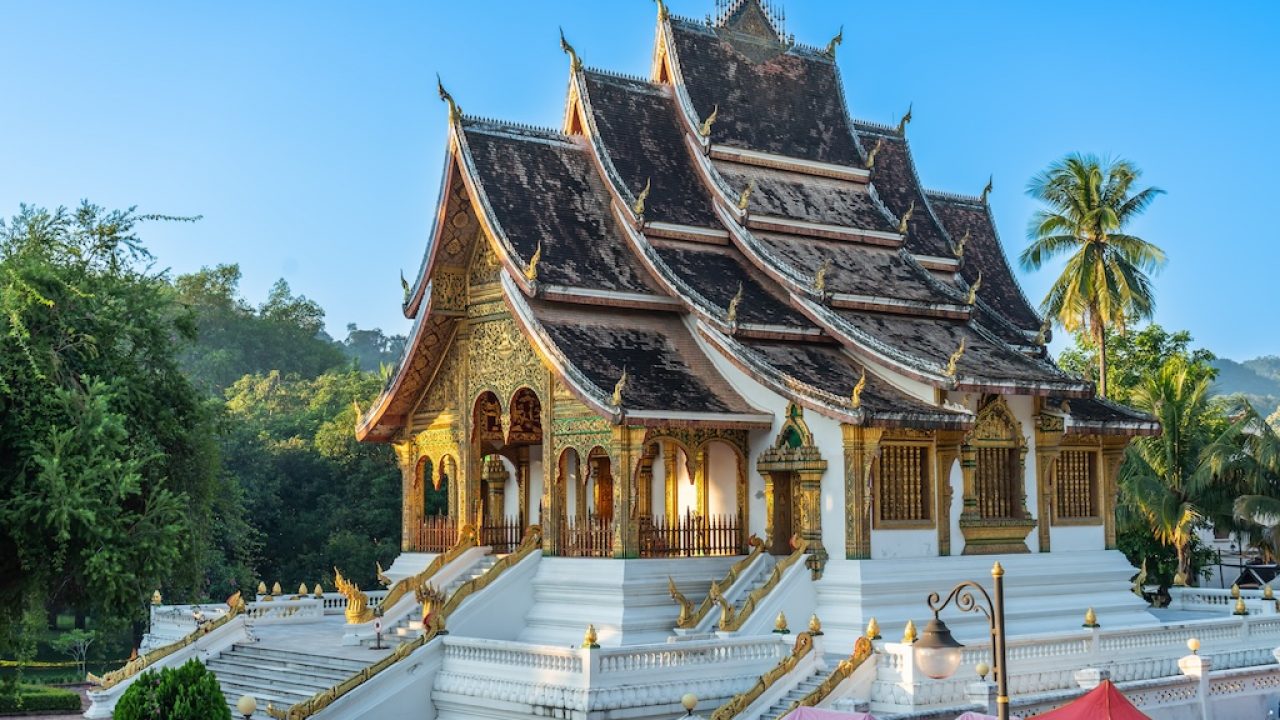

© Shutterstock
Fazal Ahmad, London, UK
Location: Luang Prabang, Laos
Belief: Buddhism
Era: 15th Century CE
Luang Prabang sits in northern Laos, on the junction of the Mekong and Nam Khan rivers. For some centuries, it was a royal capital featuring dozens of Buddhist temples, and still remains a major Buddhist hub for the people of Laos. The name is related to the sacred statue of Buddha (as) in the city.
In Laos, most Buddhists adhere to the Theravada School of Buddhism, which entered the country from neighbouring Thailand in the 7th and 8th centuries CE. Some of the older temples include Wat Pha Phutthabat, originally built around 1395 CE.
The main period of temple’s construction took place around 1501-1520 CE under the patronage of King Visun. The most famous temple, known as Wat Xieng Thong, was built around 1560 CE [1] by King Setthathirat, close to the Mekong River. The back wall of this temple also features a ‘Tree of Life’ mosaic.
Another temple, named Wat Wisunalat, was built on the eastern side of the city around 1513 CE, and has been continually used as a temple for over 500 years. [2]
The entire region is considered a spiritual sanctuary for Buddhists. From the top of Mount Phu Si, one can view the neighbouring mountains and the many temples dotted around. Not very far, at Pak Ou (to the west of the Mekong River), limestone caves display over 4,000 religious statues.
Luang Prabang is now a UNESCO World Heritage city and attracts a large number of visitors every year. With the backing on UNESCO, local artisans have been trained to preserve and maintain their religious heritage for future generations.
ENDNOTES
1. P. Carr-Gomm, Sacred Places (UK: Quercus Publishing, 2011), 206.
2. C. Williams, Southeast Asia on a Shoestring, 14th Edition (London, UK: Lonely Planet Books, 2008), 369.
Further Reference:
“Town of Luang Prabang,” UNESCO. Accessed: June 07, 2024.

![Connecting With My Quran: A Pre-Ramadan Series – [Part IV] Building a … Connecting With My Quran: A Pre-Ramadan Series – [Part IV] Building a …](https://i1.wp.com/c7c8edde.rocketcdn.me/wp-content/uploads/WhatsApp-Image-2025-02-17-at-23.54.03_29a4bf7d-1000x600.jpg?w=1000&resize=1000,600&ssl=1)




